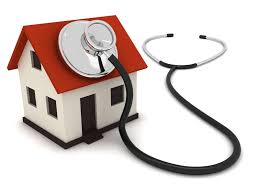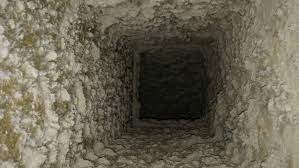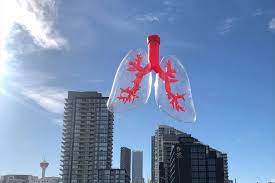 October 2023
October 2023
Making indoor air safer to breathe is a growing issue in a country where wildfires are expected to increase by 25 per cent by 2030. Smoke over the city has caused a haze that enters buildings along with everything else carried in the air. More are affected by asthma and other ailments from the smoke.
Fine particles in the air, particulate matter, increases because of smoke. It can be the most harmful air pollutant causing the greatest damage. This particulate matter and other pollutants carried in the air enters buildings and circulates indoors.
The indoor air we breathe is our greatest environmental health risk. Better indoor air quality reduces the risk of getting sick from viruses and pollutants that enter from outside.
Health Canada recommends that public buildings and institutions utilize HVAC systems that can be equipped with a MERV-13 filter or higher to remove fine particulate matter. This recommendation does not extend to high-rise residential buildings.
Communities can choose to improve their ventilation systems. A simpler solution is to use higher efficiency filters, known as MERV-13 or a higher designation. These finer filters restrict the amount of small particulate matter entering buildings and making us sick.
 Current standards recommend a minimum level of filtration at MERV-8 which is effective for preventing dust and some air pollution. It is insufficient to keep out pollutants such as wildfire smoke.
Current standards recommend a minimum level of filtration at MERV-8 which is effective for preventing dust and some air pollution. It is insufficient to keep out pollutants such as wildfire smoke.
High-quality filters are the simplest and most economical first step to improving indoor air quality.







